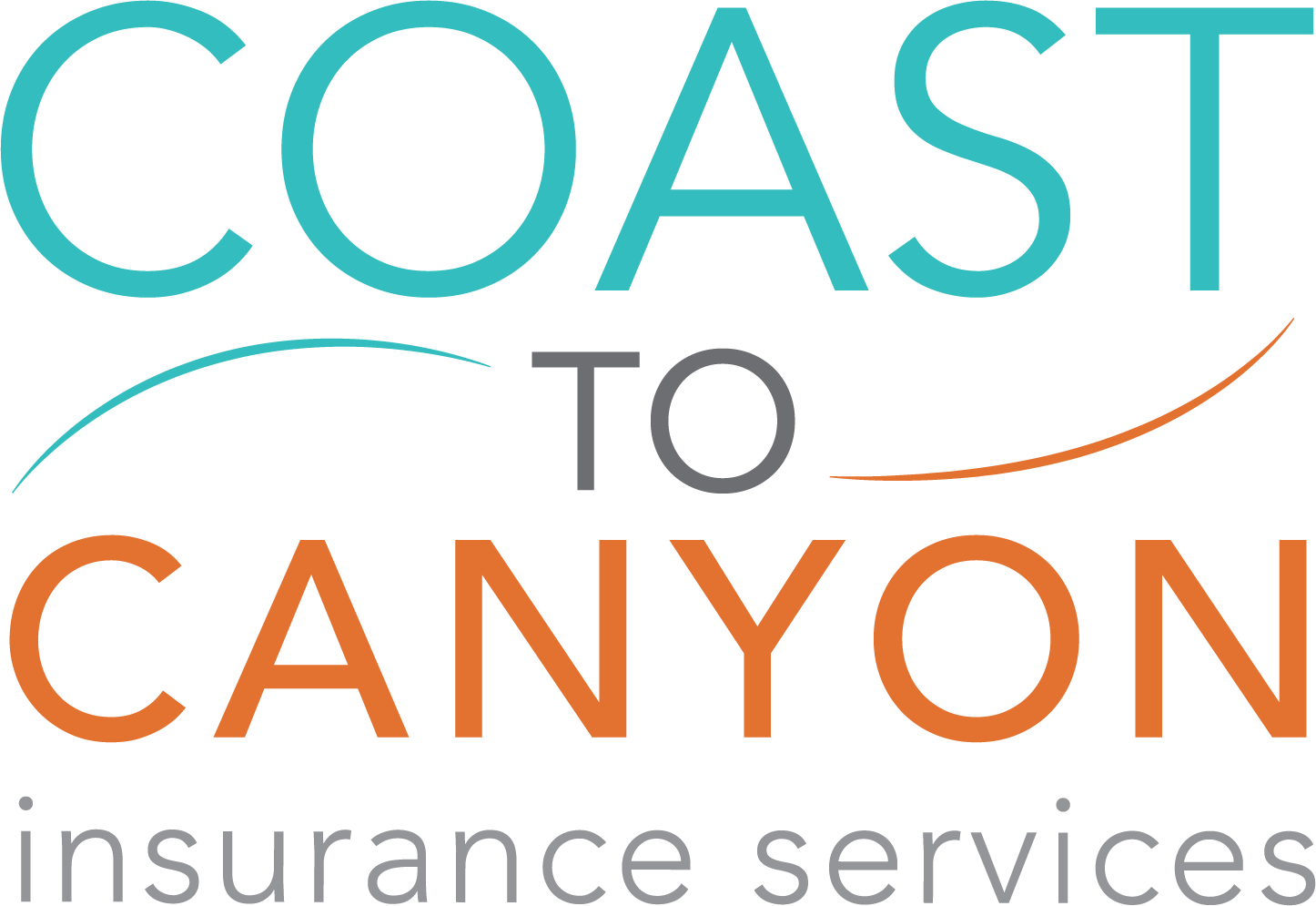Earthquake Insurance
Most homeowners policies will not cover damage resulting from an earthquake. You need a separate earthquake insurance policy to cover your home and belongings. When you have an Allstate Homeowners insurance policy you qualify to add earthquake insurance through multiply carriers.
Coast To Canyon Insurance Services can help you get the most out of your coverage with many different carriers. We assist with finding what coverage you may need, and optimizing the plan to save you money.
What is Flood Insurance?
Flood insurance covers direct physical loss caused by “flood”. A flood is a general and temporary condition where two or more acres of normally dry land or two or more properties are inundated by water or mudflow. In simple terms, a flood is an excess of water on land that is normally dry.
Flood insurance isn’t just for homes in high-risk areas. The Federal Emergency Management Agency (FEMA) says that all 50 states have experienced floods or flash floods in the past five years, and that Flooding is the most common natural disaster in the United States, affecting every region and state. Additionally, it doesn’t take a large flood to cause damage. The damage from just one inch of water can cost more than $20,000.
Building property coverage
- What it may help protect: The physical structure of your home and its foundation; plumbing and electrical systems; central air and heating systems; attached bookcases, cabinets and paneling; and a detached garage (other detached structures need their own policy).
- How it typically pays out: Replacement cost basis (what it would take to repair the home in today’s dollars) for a primary residence and actual cash value for a vacation home.
- Maximum coverage limit: $250,000
Personal contents coverage
- What it may help protect: Clothing, furniture and electronics; curtains; some portable appliances; freezers and the foods within them; and certain valuables like art (up to a specified limit).
- How it typically pays out: Actual cash value basis (takes depreciation into account).
- Maximum coverage limit: $100,000
WHAT’S NOT TYPICALLY COVERED BY FLOOD INSURANCE?
Equally important is knowing what’s not covered by flood insurance. Here are some of the types of property and expenses that fall outside the scope of a basic flood insurance policy, according to the NFIP’s summary of coverage:
- Moisture or mold/mildew damage that “could have been avoided by the homeowner”
- Currency, precious metals, and paper valuables like stock certificates
- Outdoor property such as decks, fences, patios, landscaping, wells and septic systems, and hot tubs and pools
- Living expenses, like temporary housing (if flood damage deems your home uninhabitable)
- Cars and other self-propelled vehicles (but your auto insurance may offer some coverage for your car)
Flood Insurance FAQ
Costs for flood insurance will vary depending on how much coverage you buy, what the policy covers (does it just cover the structure? the contents of your home?) and your property’s flood risk. The NFIP offers flood risk maps to help you identify your community’s level of risk.
If your home falls in a high-risk flood area and you carry a mortgage from a federally regulated or insured lender, your lender is legally mandated to require flood insurance on your property. Typically, that’s not the case if your home falls in a moderate-to-low risk area. However, a lender may require you to hold flood insurance at any time — even if the company is not legally mandated to do so, according to Floodsmart.gov.
No type of flood damage, is covered by standard homeowners policies. Flooding, for example, can occur from storms, over-saturated ground, overflowing or surging bodies of water such as rivers, ponds, lakes and oceans.
- Elevate your furnace, water heater, and other equipment above the expected flood level.
- Consider installing a Sump Pump, a pump used to remove water that has accumulated in the basements of homes.
- Keep sandbags handy to help divert water away from your home.
- Have a storage of plywood, nails, shovels, and plastic sheeting ready to install.
Yes. The Federal Emergency Management Agency (FEMA) says that all 50 states have experienced floods or flash floods in the past five years, and that more than 20 percent of the claims it handles come from the moderate- to low-risk regions. Additionally, according to Floodsmart.gov, floods are the No. 1 natural disaster in the United States.
